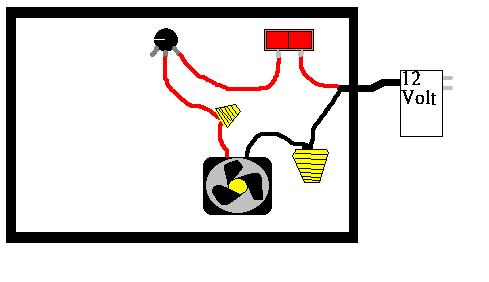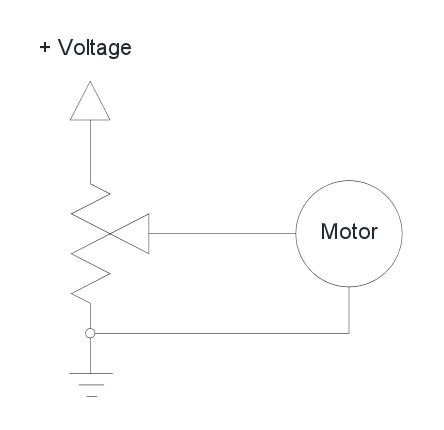Kayos
Well-Known Member
I put together a stir plate last night. Have tried 2 different 6v power adapters (cell phone chargers) and they won't turn the 80m comp. fan even when it's straight from the wall. 12v turns it fine. I hooked it all up and it's wayyy to fast. Dialed all the way down and the vortex is much too high.
Why won't the 6v charger do anything? Doesn't even sound like it's getting juice.
Why won't the 6v charger do anything? Doesn't even sound like it's getting juice.







